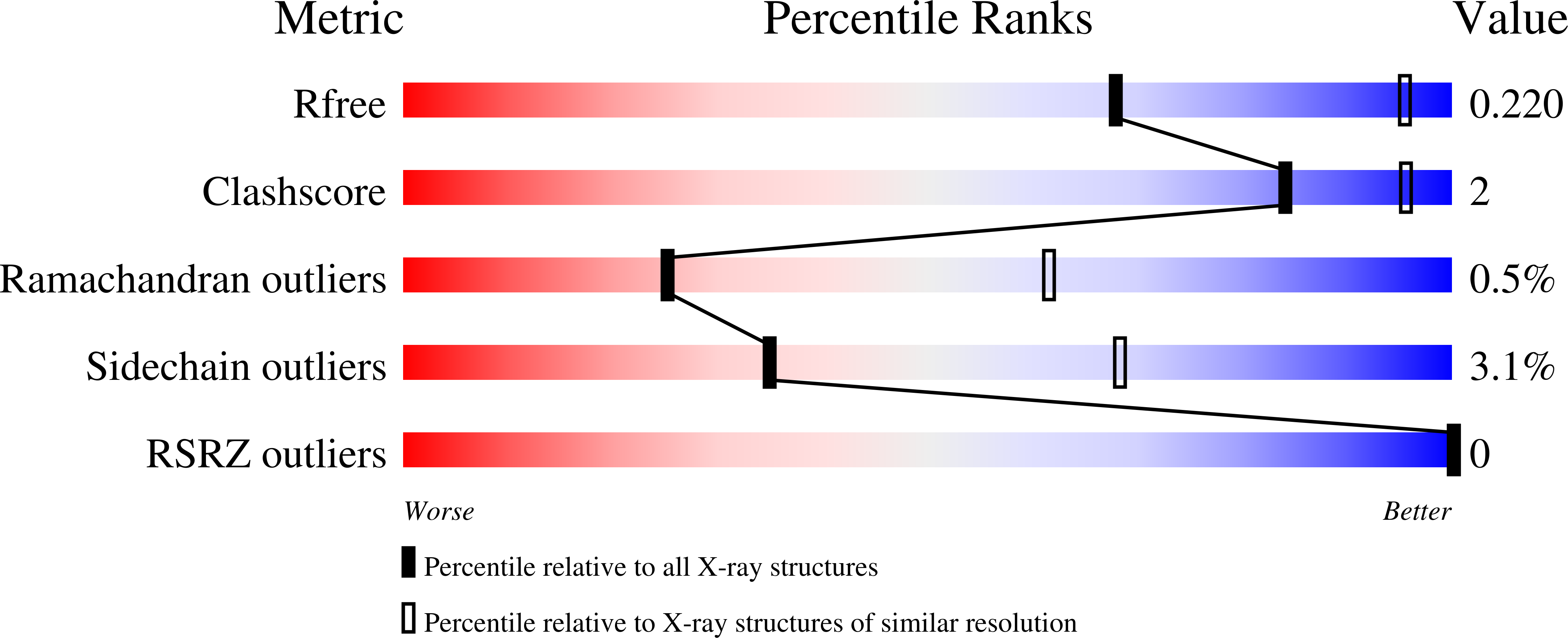
Deposition Date
2025-01-09
Release Date
2025-06-04
Last Version Date
2025-06-04
Entry Detail
PDB ID:
9MRY
Keywords:
Title:
Functional Implications of HexamericDynamics in SARS-CoV-2 Nsp15
Biological Source:
Source Organism:
Host Organism:
Method Details:
Experimental Method:
Resolution:
3.00 Å
R-Value Free:
0.22
R-Value Work:
0.19
R-Value Observed:
0.20
Space Group:
P 1 21 1


